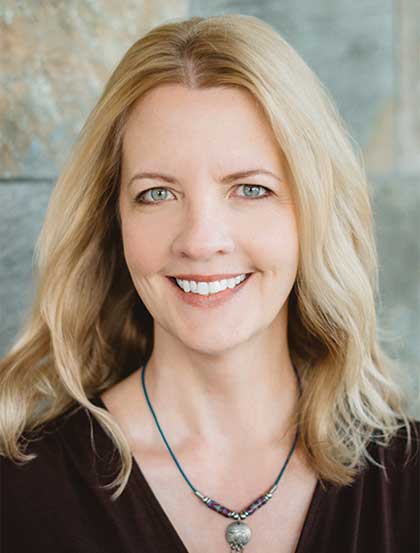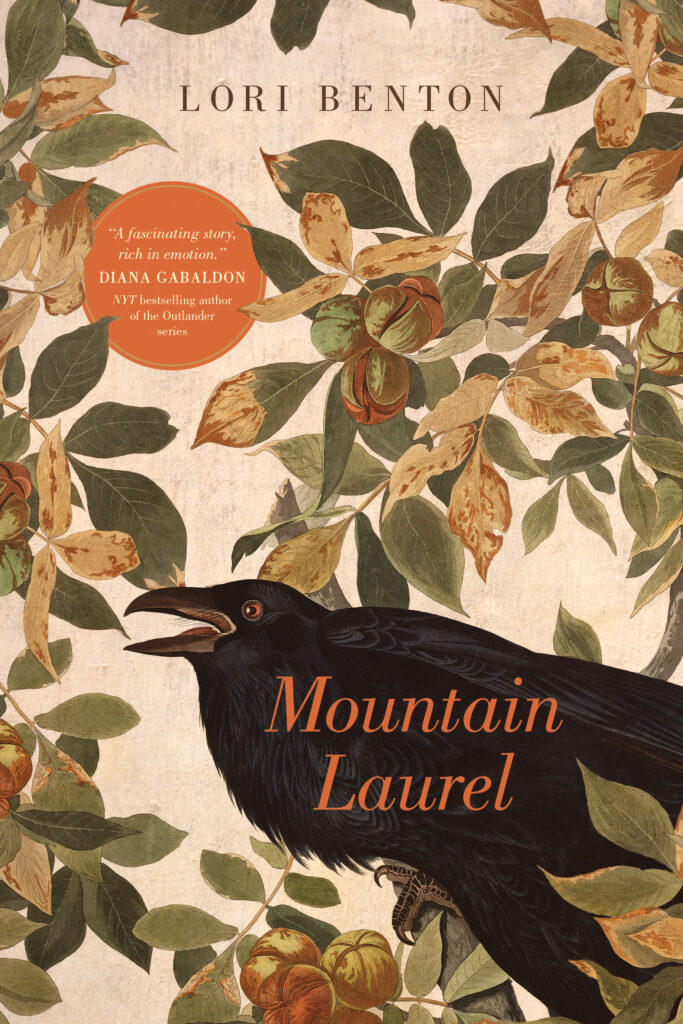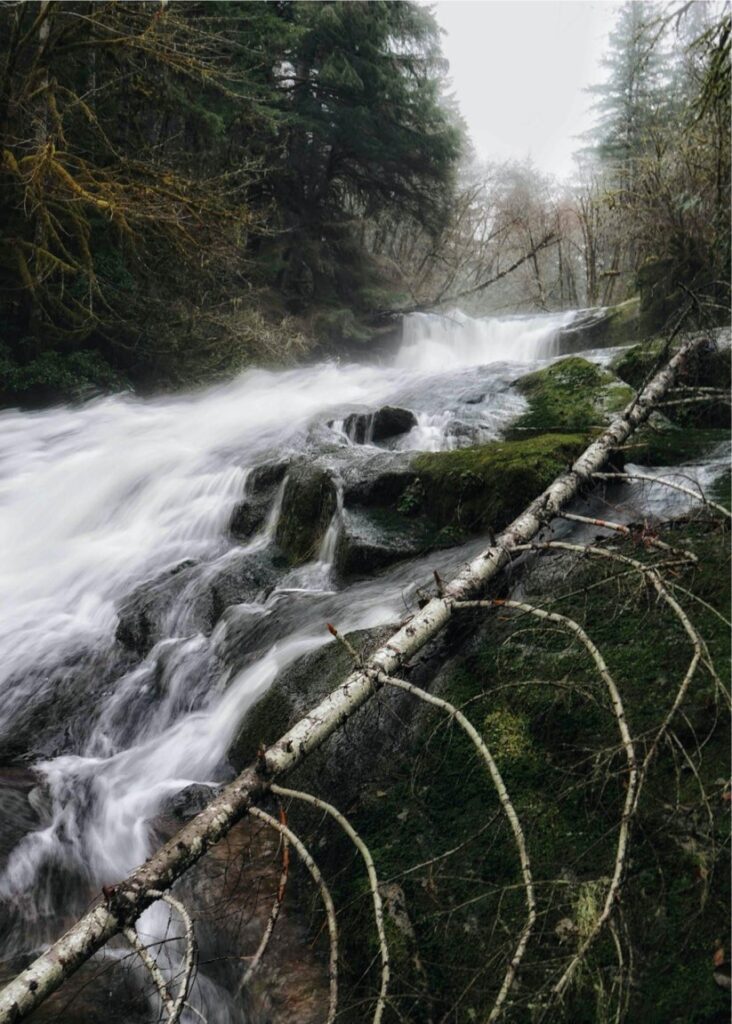
Lori Benton was raised in Maryland, with generations-deep roots in southern Virginia and the Appalachian frontier. Her historical novels transport readers to the eighteenth century, where she brings to life the colonial and early federal periods of American history.
Two abiding passions fill the pages of Lori’s stories—18th century American history and faith in her Lord and Savior, Jesus Christ. Her books have won the Christy Award and the Inspy Award and have been honored as finalists for the ECPA Book of the Year.
Lori is most at home surrounded by mountains, currently those of the Pacific Northwest, where, when she isn’t writing, she’s likely to be found in wild places behind a camera.
…
Since we last talked in 2015, you’ve written four books. Where do you get your story ideas?
So far, story ideas have come from other novels, movies, and scripture. In one case a random news article I happened upon. In another, a song. Several times I’ve been intrigued by something learned while researching for a previous novel.
While studying North Carolina history during the writing of Mountain Laurel (the first 18th century novel I wrote; been waiting a long time to see this one published) I ran across mention of the Lost State of Franklin, which became the historical backdrop of the Pursuit of Tamsen Littlejohn. While studying New York and Iroquois history for Burning Sky, I learned of the extraordinary role the Oneida Nation played during the Revolutionary War—breaking with the majority of the Iroquois nations to support the Americans. Thus the Pathfinders duology was born (along with that news article inspiration). While fleshing out the back stories for two characters in The Pursuit of Tamsen Littlejohn, I learned of Dunmore’s War, the conflict on the Ohio frontier between Virginia’s governor and the Shawnee Nation. That eventually gave birth to the novel Many Sparrows. My last release, The King’s Mercy, was deeply inspired by the New Testament book, Philemon.
Those who “create” usually tap into a personal “toolbox” of elements to define their style. For example, a painter might use color, light, and/or shadows in a certain way to “sign” his work. A musician might use syncopation, key changes, and/or vocal intonation to set herself apart. What two or three elements most define who you are as a storyteller?
In all my stories you will find characters who have, willingly or not, crossed a line between cultures and changed because of a deepened understanding and empathy for those who are in some way different. You will also find themes of fatherhood and family, identity and belonging, and at least one character whose life is transformed by the love, grace, and mercy of Jesus Christ. These themes “… live in me like underground water; every well I put down taps them,” to quote Wallace Stegner.

That’s beautiful imagery! Let’s talk about Mountain Laurel (Tyndale House, September 2020). Please tell us about it.
Ian Cameron returns to Mountain Laurel, his uncle’s North Carolina plantation, to claim his inheritance. Seona, his uncle’s slave, has a secret she keeps from those who could harm her. Together, they form a bond that threatens the ambitions of those around them, some who will do whatever necessary to tear them apart.
After a couple of false starts, Ian Cameron is once more trying to establish a life that will make his father proud—though Ian would settle for unashamed. But in his newly adopted role as his planter uncle’s heir, Ian finds himself at odds with the southern acceptance of slavery. Clearly he’ll need a force more compelling than familial expectations to guide him through the web of kinship, oppression, and casual cruelty in which he finds himself entangled.
As an enslaved young woman, Seona has few avenues of self-expression. The one she’s found—drawing on scraps of paper she scrounges—has been uncovered. To Seona’s surprise, her master’s nephew not only keeps her secret but encourages the endeavor. But opening herself to trust Ian Cameron in this one thing leads to complications Seona could never foresee.
It sounds like Seona and Ian both experience unexpected detours, which ultimately become a blessing for them. Typically, when you begin writing a story, do you write toward an expected end, with all of the character’s twists and turns already in mind? How often has one of your stories taken a turn that surprises even you?
I’ve had a pretty clear idea of each novel’s end before I’ve started, with one notable exception: Mountain Laurel. This book was begun in 2004, after a five-year battle with chemo fog, when I wasn’t able to write at all. When the idea for this story began to stir, I came at it with some trepidation. Could I do it? How should I do it? Until my cancer journey began in 1999, I’d written novels in a linear method (starting with chapter one and writing until The End). But I had no idea where this story should start, much less where it should end—or if was even a story. I only envisioned a few vivid, unconnected scenes. So I wrote those. When I envisioned another, I wrote that too, not worrying where it might fit on the very spotty outline of a story that was by this point starting to form. Because of this, nearly every turn Ian and Seona’s story took was a surprise.
My main concern at the time, coming off that five-year hiatus with my writing muscles flabby from disuse, was to find joy in the process of writing again. Enough joy that I’d come back to it the next day. And the next. So I “dug where the ground was soft,” as author Diana Gabaldon describes this non-linear writing method. It got the job done. Eventually. This writing method has never worked for a novel since. With Burning Sky, the novel I wrote after Mountain Laurel, I went back to linear writing and more plotting, too. Even so, I still get surprised, whether in the plotting stage or the writing. A writer is as surprised as a reader by what happens in her novel—at least in that first moment she knows it happens (whether that’s in her mind, days or weeks before it’s written, or on the day she’s writing it).
Your stories, and your personal story, inspire others, what inspires you?
Sacrificial love, wherever I encounter it. In the life, ministry, death, and resurrection of Jesus Christ and in the lives of others in Scripture. In the lives of real-life modern heroes, and in the best novels, movies, and even songs.

Besides writing great books, you’re a very talented photographer! (Check out Lori’s work here). How long have you been interested in capturing beautiful landscapes?
Thank you for those kind words! I’ve been capturing landscapes, in one way or another, since I was old enough to hold a crayon. I wrote and illustrated stories about wolves living in wild Alaska in grade school, gravitated toward art in high school and by the time I landed in college as a fine arts major, had decided I would become a professional wildlife/landscape artist (my hero was, and still is, the hugely talented and prolific Canadian artist, Robert Bateman). I did paint professionally for a few years before the writing bug bit in earnest. About that time, we moved from the east coast to Oregon. The Pacific Northwest is stunning. We were immediately smitten and became weekend hikers. Not until digital photography (and the artsy side of that, editing those photographs and showcasing them on Instagram) became a thing did I integrate the visual arts into my life again on a consistent basis. I hadn’t realized how much I missed it. I now invest whatever spare time I can to landscape photography, which enables me to see even more of the PNW.
Thanks, Lori! It’s great to have you back at Divine Detour.
Thank you for hosting me again!
~ ~ ~
For more information about Lori, visit her website or follow her on Facebook, Twitter or Instagram.
To purchase Mountain Laurel, log here or go to:


